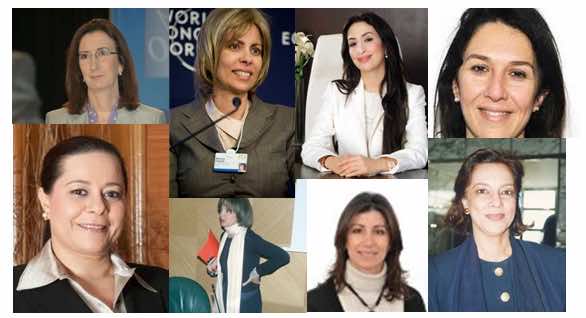
Morocco produces a large range of Mediterranean fruits and vegetables and even some tropical ones. Common meats include beef, goat, mutton and lamb, chicken and seafood, which serve as a base for the cuisine. Characteristic flavorings include lemon pickle, cold-pressed, unrefined olive oil and dried fruits. As in Mediterranean cuisine in general, the staple ingredients include wheat, used for bread and couscous, and olive oil; the third Mediterranean staple, the grape, is eaten as a dessert, though a certain amount of wine is made in the country.
Spices are used extensively in Moroccan food. Although spices have been imported to Morocco through the Arabs for thousands of years, many ingredients — like saffron from Talaouine, mint and olives from Meknes, and oranges and lemons from Fes — are home-grown. Common spices include qarfa (cinnamon), kamoun (cumin), kharqoum (turmeric), skinjbir (ginger), libzar (pepper), tahmira/felfla hemra (paprika), sesame seeds, qesbour (coriander), zaafran beldi (saffron), massia (mace), qronfel (cloves), basbas (fennel), Nnafaâ (anise), elgouza (nutmeg), zaâter (oregano), felfla soudania (cayenne pepper), and Ourka sidna moussa (bay laurel). 27 spices are combined to form the "celebrated" Moroccan spice mixture ras el hanout.

A typical lunch meal begins with a series of hot and cold salads, followed by a tagine or Dwaz. Bread is eaten with every meal. Often, for a formal meal, a lamb or chicken dish is next, followed by couscous topped with meat and vegetables. A cup of sweet mint tea usually ends the meal. Moroccans either eat with fork, knife and spoon or with their hands using bread as a utensil depending on the dish served. The consumption of pork and alcohol is not common due to religious restrictions.
morocco culture,moroccan food,morocco food,moroccan cuisine,morocco beaches,moroccan meal,beaches in morocco,moroccan culture,hercules cave,hercules cave morocco




